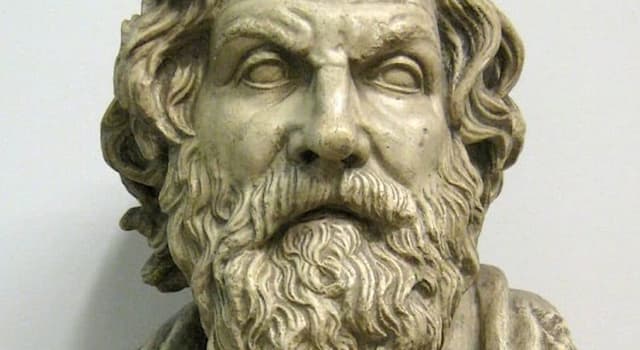Aristarchus of Samos is remembered for his work in which branch of science?
History

Aristarchus of Samos was a Greek mathematician and astronomer who lived in the 3rd century BCE. His most significant contribution to science was his heliocentric model of the solar system.
Aristarchus proposed that the Sun, not the Earth, was the central body around which all other celestial objects revolved. He argued that the apparent motion of the stars was due to the Earth's rotation on its axis, and that the Earth also orbited the Sun. This revolutionary idea, known as the heliocentric theory, was a radical departure from the geocentric model that had been accepted for centuries.
Aristarchus' heliocentric model was not widely accepted during his lifetime, primarily due to the lack of empirical evidence to support it. However, his ideas were not entirely forgotten. His work was preserved in the writings of later astronomers, most notably in the works of the Roman philosopher, Cicero, and the Greek mathematician, Archimedes.
It was not until the 16th century, over 1,800 years after Aristarchus' death, that his heliocentric model was revived by Nicolaus Copernicus. Copernicus, often credited with the heliocentric revolution, acknowledged Aristarchus as his predecessor and drew inspiration from his work. Copernicus' publication of "De Revolutionibus Orbium Coelestium" in 1543 marked a turning point in the history of astronomy, and Aristarchus' ideas finally gained the recognition they deserved.
More Info:
en.m.wikipedia.org